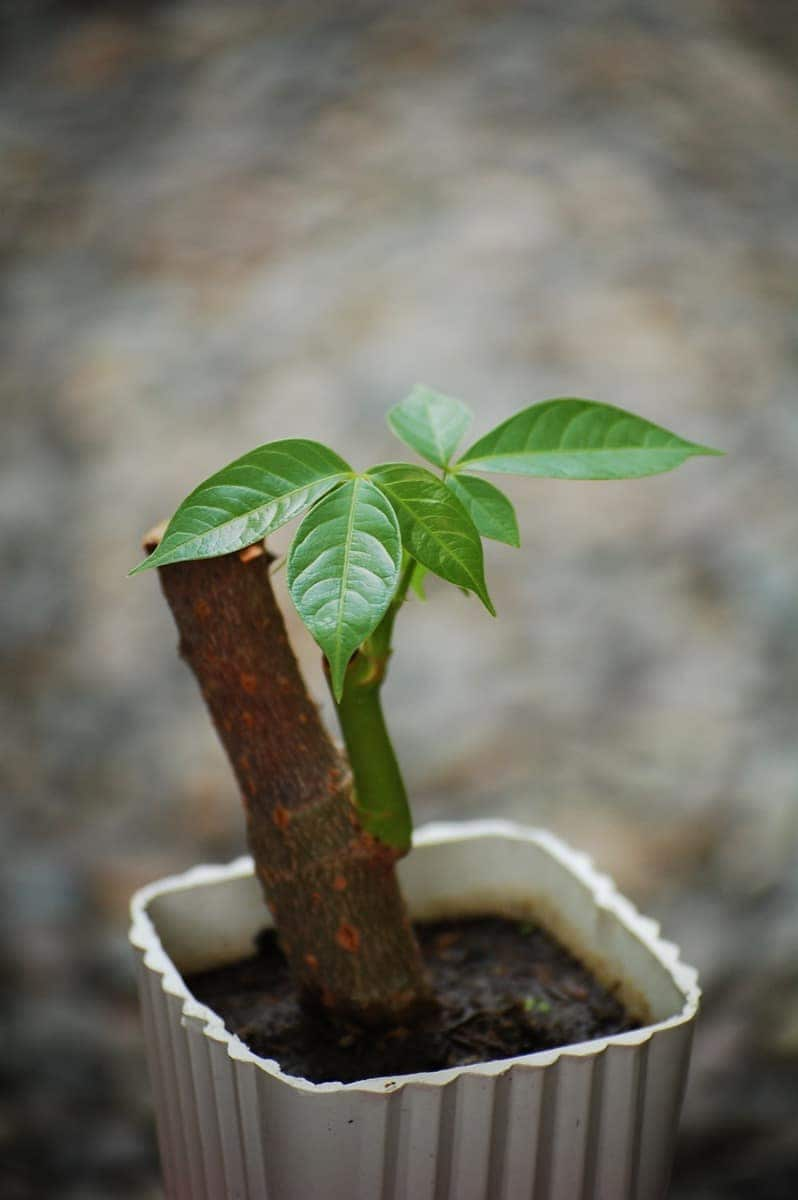Plant propagation is a great way to expand your garden without purchasing new plants. Taking cuttings from existing plants and growing them into new ones can be an effective and inexpensive way to grow various plants in your garden. Propagating your plants from cuttings can be rewarding, but there are a few common mistakes you’ll want to avoid if you’re going to succeed.
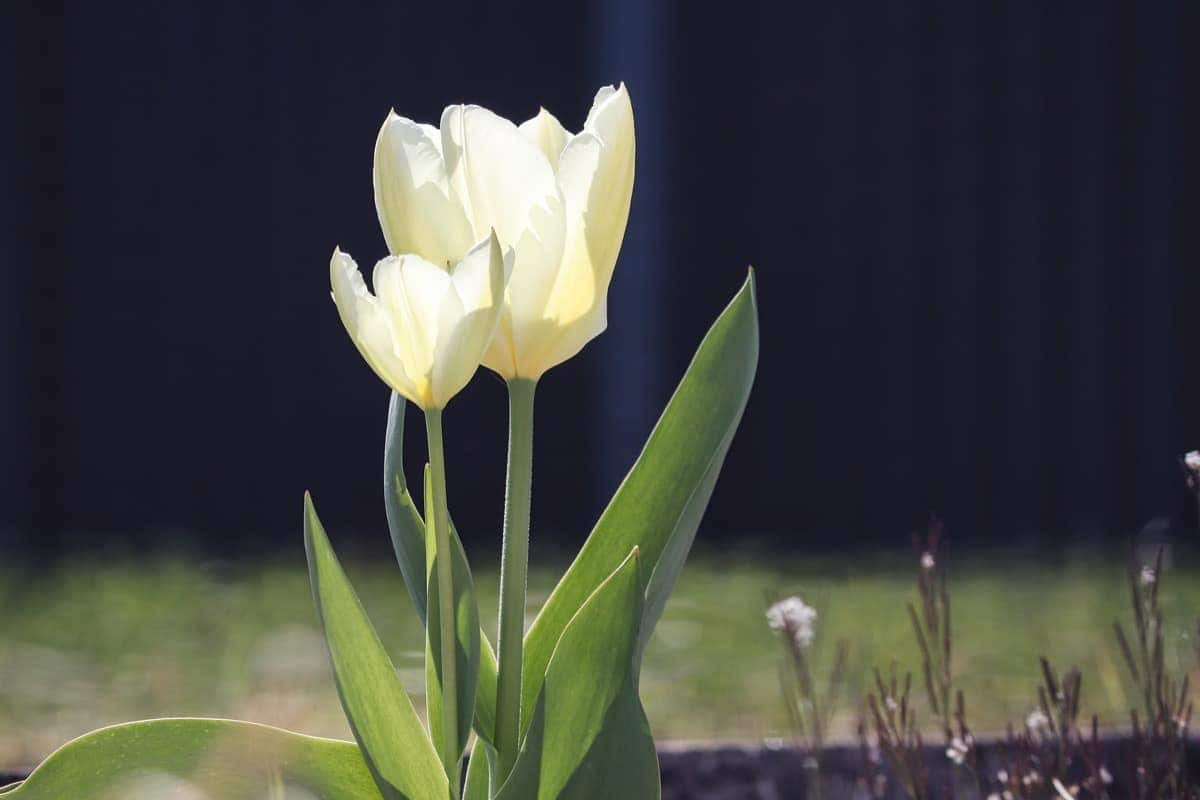
With some practice and patience, you’ll soon find that propagating plants from cuttings is a great way to increase your garden’s variety. Let’s check out the common mistakes gardeners make when propagating plants from cuttings below.
Importance of propagating plants from cuttings
Propagating from cuttings is an important gardening technique because it allows you to create new plants from existing ones. Cuttings can be taken from stems, leaves, or roots, and each type has its benefits. Stem cuttings are the most common type of cutting used for propagation. They are easy to take and usually result in a high success rate. Leaf cuttings are best suited for propagating succulents and cacti.
This is because these plants have a high percentage of stem tissue in their leaves, which makes them ideal for propagation. Leaf cuttings can also propagate other plants, but they often have a lower success rate than stem cuttings. Root cuttings are typically only used for propagating woody plants, as herbaceous plants generally don’t produce enough roots to make root cuttings feasible. Root cuttings can be difficult and often have a low success rate, but they can produce healthy and vigorous plants properly.
Best tips for propagating plants from cuttings
Taking cuttings from plants is a great way to propagate your favorites, but it’s important to do it correctly. You should use sterilized sharp knife or garden shears to take your cuttings. This will help reduce damage to the plant and promote healing. Cut just below a node. This is where new growth occurs, so it’s the best place to take your cutting. Make sure your cutting has at least two leaves.
This will give it enough energy to grow roots. Dip the cutting in the rooting hormone before planting. This will encourage root growth. Plant the cutting in a pot with well-draining soil. Water regularly, but don’t overwater. Water propagation is a method of growing new plants from cuttings in water.
This method is easy and inexpensive and a great way to get more plants for free. To propagate cuttings in water, you’ll need to take a cutting and remove any leaves from the bottom half of the stem. Then, place the cutting in a jar or vase of water and a spot out of direct sunlight. Change the water every few days; after a few weeks, you should see roots growing from the bottom of the stem.
In case you missed it: 13 Herbs that Grow Best from Cuttings: A Must Grow Herbs List in Your Garden
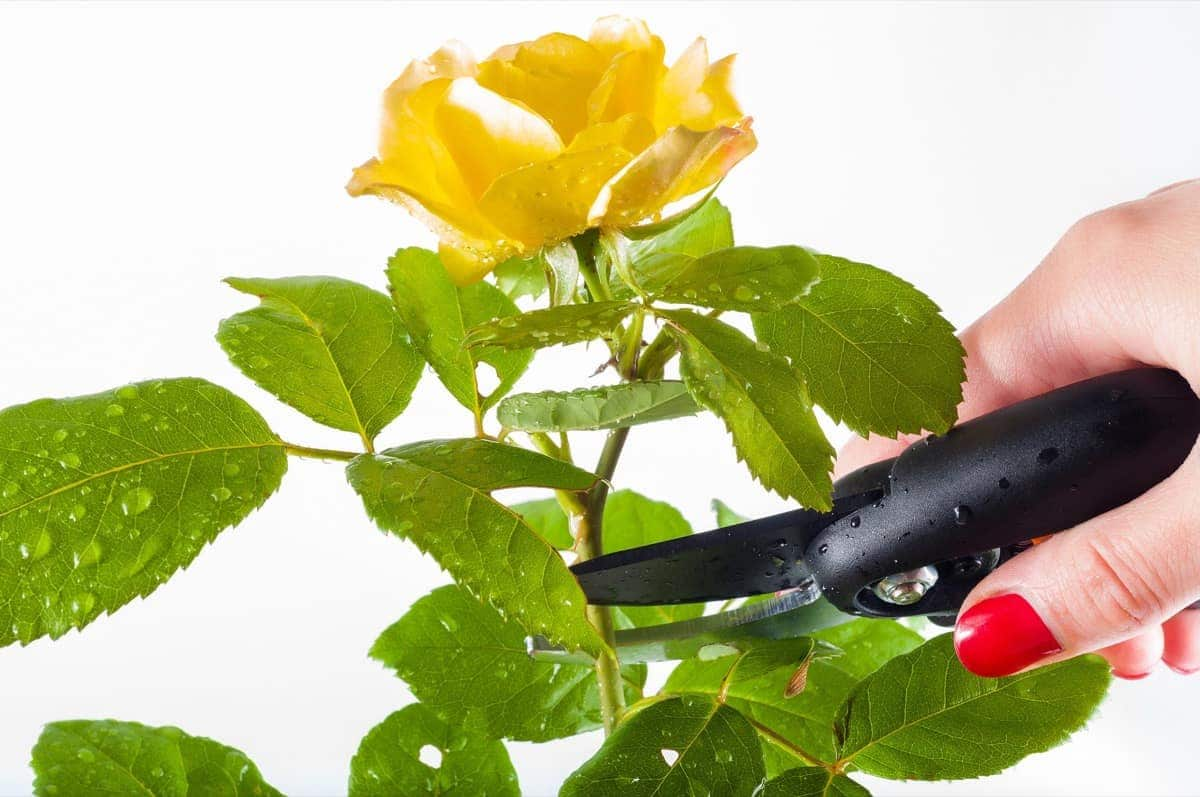
Common mistakes gardeners make when propagating plants from cuttings
Taking the cutting at the wrong time of the year
One of the most common mistakes while propagating plants from cuttings is taking cuttings at the wrong time of year. The best time to take cuttings is typically in the late spring when plants are actively growing. However, some plants can be successfully propagated at other times of the year; it just takes a bit more effort.
If you take cuttings too early in the season, they may not have enough time to develop roots before winter sets in. This is especially true for fast-growing plants like annuals and tender perennials. Cuttings taken too late in the season may also struggle to develop roots, as the plant’s growth has slowed for the year. Evergreens are an exception to this rule. They can be successfully propagated any time of year. To avoid taking cuttings at the wrong time of year, it’s best to research the plant you want to propagate.
Not snipping cuttings at the right time
One of the most common mistakes while propagating plants from cuttings is snipping the cuttings at the wrong time. For many plants, the best time to take cuttings is in the morning, when the plant is full of energy and ready to grow. However, some plants are better suited for evening cuttings when winding down for the day and are more likely to root successfully. If you’re unsure when to take your cuttings, it’s always best to take them in the morning. That way, you’ll give your plants the best chance of successful propagation.
Not cleaning the tools
The most common mistake people make when propagating plants from cuttings is not cleaning their tools. This can lead to the spread of disease and pests, which can be detrimental to the health of your new plants. Always clean your cutting tools with rubbing alcohol or bleach before and after use. It is important to clean all the tools used in the propagation process, including knives, saws, and scissors. These tools should be cleaned with a bleach solution or alcohol to ensure they are sterile.
Snipping the wrong part of the plant
One common mistake made while propagating plants from cuttings is snipping the wrong part of the plant. The plant’s main stem is not always the best place to take a cutting, and in some cases, it can be detrimental to the plant. When taking a cut, look for healthy, new growth that is still flexible.
In case you missed it: How to Grow Bougainvillea from Cuttings: A Detailed Guide to Planting to Harvest
Avoid taking cuttings from woody or thick stems, as these are more difficult to root. Once you’ve selected a good spot on the plant, use sharp pruning shears to make a clean cut at an angle just below a leaf node. Be sure to remove any leaves below the soil line when planting the cutting.
Not understanding the types of cuttings
One of the most common mistakes when propagating plants from cuttings is not understanding the types of cuttings. There are three main types of cuttings: softwood, semi-hardwood, and hardwood. Softwood cuttings are taken from new growth that is still soft and flexible. The perfect time to take softwood cuttings is in spring or early summer. Semi-hardwood cuttings are taken from slightly older growth that is starting to harden and turn woody. The best time to take semi-hardwood cuttings is in the late summer or early fall.
Hardwood cuttings are taken from fully hardened wood with no green left. The perfect time to take hardwood cuttings is in the winter. Not knowing which cutting type can lead to unsuccessful propagation attempts. Be sure to pay attention to the stage of growth your plant is in before taking a cut. Each type of cutting has a different time of year that it can be taken, and each type requires different care. To ensure success when propagating plants from cuttings, you must understand which type of cutting you have and follow the proper care instructions for that type of cutting.
Snipping off too much
It’s important to ensure you’re not taking too much off the plant you’re propagating from. If you snip off too much, it can stress the plant and reduce the chances of successful propagation. When in doubt, it’s better to take less rather than more. Remember, you can always take more off later if needed. When taking cuttings, snip off the needed amount and not anymore.
Choosing the wrong growing medium
One of the most common mistakes when propagating plants from cuttings is choosing the wrong growing medium. The growing medium should be well-draining and contain organic matter. The soil pH should be 6.5 and 7.0. If the growing medium is too alkaline, it can cause the roots to become stunted and prevent the plant from taking up nutrients properly. While various media can be used for propagation, not all are equally suited for every plant.
In case you missed it: How to Grow Gardenias from Cuttings: A Detailed Guide to Planting to Harvest

For example, cacti and succulents require a well-drained medium that doesn’t hold onto water, while plants that prefer wetter conditions will do better in a medium that retains moisture. Choosing the wrong medium can lead to problems such as root rot, fungal diseases, and stunted growth. To avoid these problems, choosing a propagation medium appropriate for the plant you’re propagating is important.
If you want to propagate cutting in water, keep the water clean and free of debris. Every few days, change the water to prevent the growth of bacteria. Cuttings should be kept in a cool, dark place until they have been rooted. Once they have rooted, you can move them to a brighter location.
Not careful while watering
One of the most common mistakes when propagating plants from cuttings is not being careful while watering. It is very important to water the cuttings carefully, making sure that the soil is moist but not soggy. Over-watering can lead roots to rot, which will kill the cutting. When watering, water only the soil, not the leaves. Let the soil dry between watering, and do not let the cutting sit in water.
Be careful with light requirements
When propagating plants from cuttings, it is important to be careful with the light requirements. Too much light can damage the leaves, and too little light can prevent the plant from growing. Be careful when choosing a spot for your cutting. A windowsill may seem like the perfect place, but your plant will become etiolated (stretchy and weak) if it doesn’t get enough light. Choose a place where your plant will get six hours of direct sunlight daily.
Not letting succulent leaves callus
Common mistake people make when propagating plants from cuttings is not letting the succulent leaves callus. This can happen for several reasons, but forgetting to do it is the most common. Allowing the cut end of a succulent leaf to callus is important because it helps the plant heal and prevents infection.
In case you missed it: How to Propagate Aloe Vera: Without Roots, Leaves, Cuttings on the Ground and in the Water
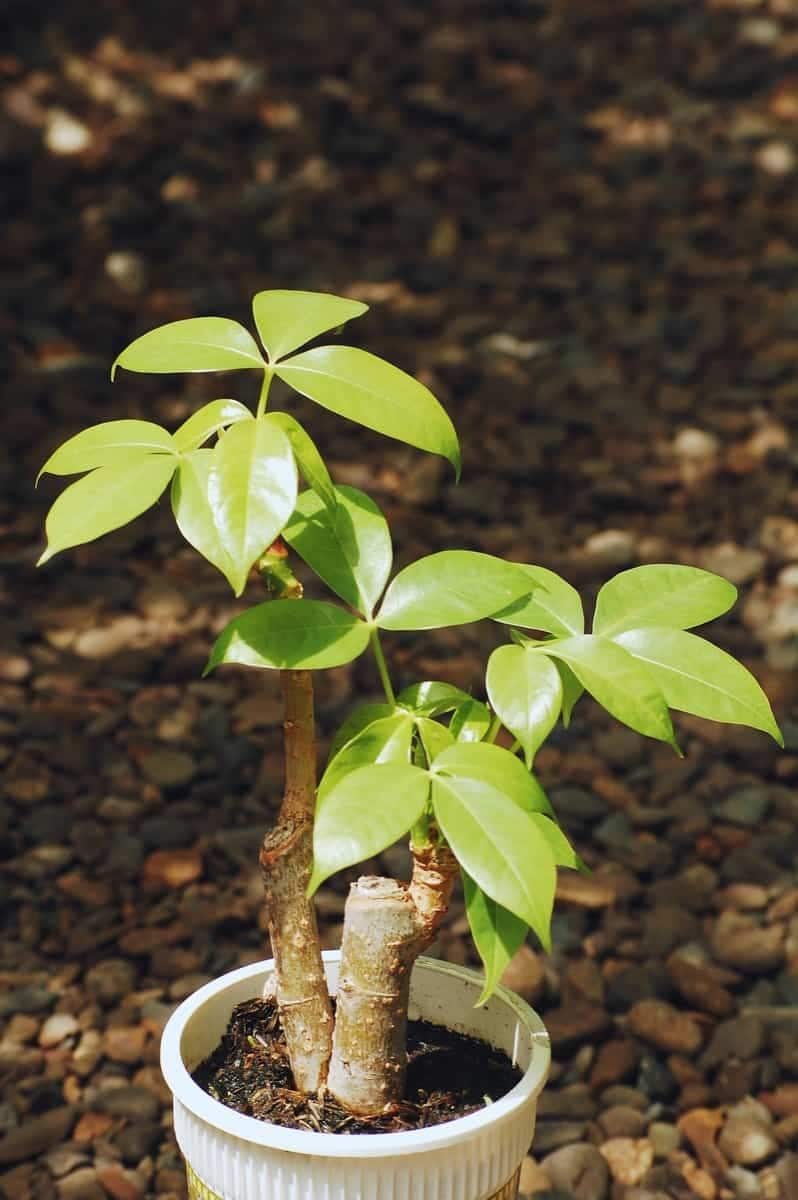
If you’re having trouble getting your succulent leaves to callus, you can try a few things. First, ensure you’re cutting them at the right time of year. Late spring and early summer are generally the best times to take cuttings since the weather is warm and humid. Secondly, try using a rooting hormone on your cuttings to encourage them to take root. Finally, ensure that you’re keeping your cuttings warm and moist.
Not using rooting hormone
Common mistake people make while propagating plants from cuttings is not using rooting hormones. The rooting hormone helps to encourage root growth. Without it, your cuttings may struggle to grow roots or not grow roots. If you have difficulty getting your cuttings to root, try using a rooting hormone product to help encourage new growth.
In case you missed it: How to Grow Jasmine Flowers at Home in the USA: From Seeds, Cuttings, Faster, In Backyards, Indoors, and In Containers
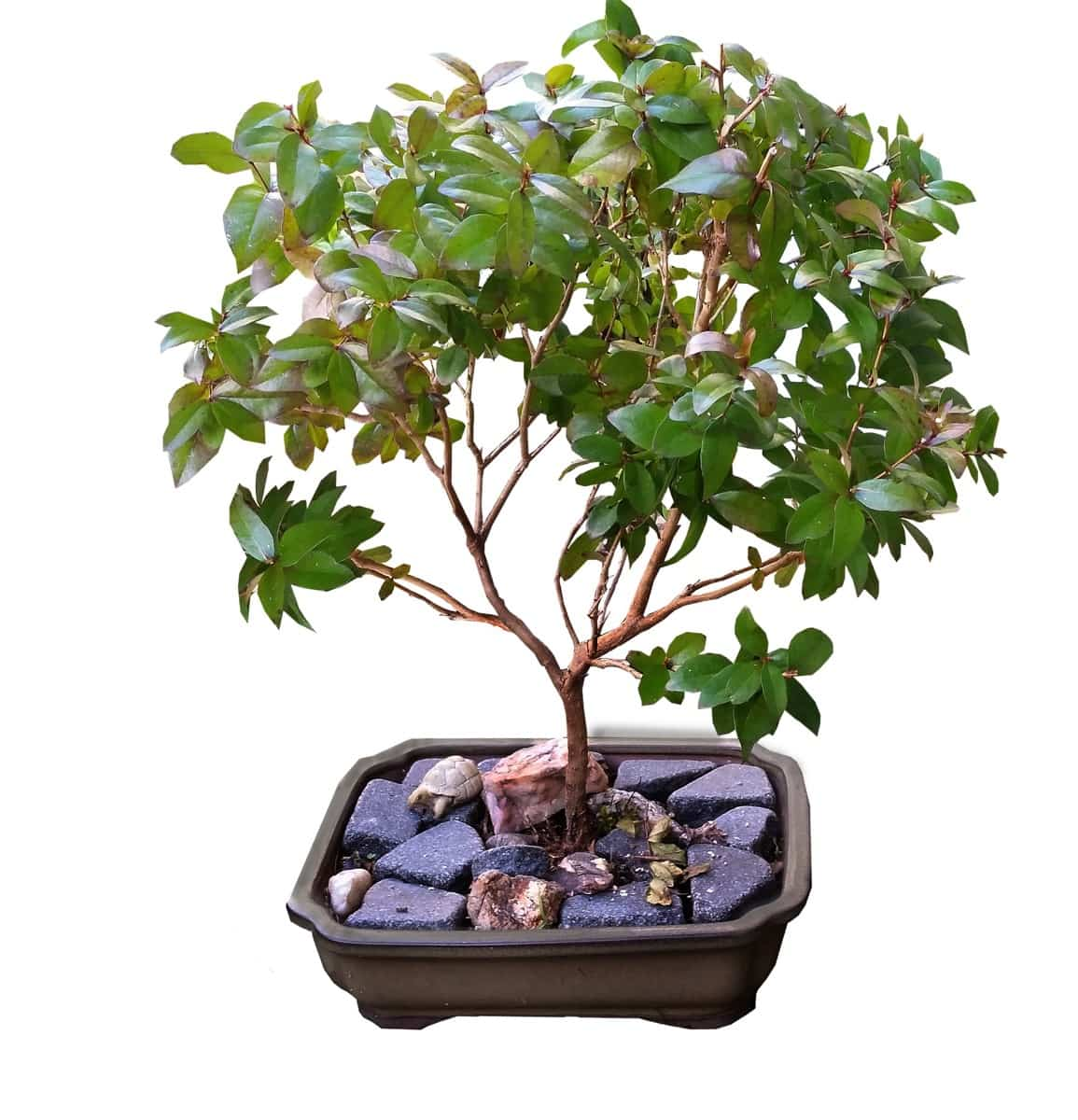
Conclusion
Propagating plants from cuttings is a fast, easy and affordable way to increase your plant collection. It also helps to ensure that your plants have the best chance of success because they will be grown in an environment similar to their original one. Whether a beginner or an experienced gardener, propagating from cuttings can help you get the most out of your garden.
However, some common mistakes can be made during this process, and it is important to be aware of them to ensure successful propagation. With the right knowledge and care, you will have no problem propagating beautiful new plants from cuttings.
- Broccoli Seed Germination and Selection
- Asparagus Seed Germination and Variety Selection
- Seasonal Flower Gardening: Best Practices for Spring, Summer, Fall, and Winter
- How to Grow Hibiscus from Flower
- Plantation Ideas for Home Decoration: A Beginners Guide
- Flower Garden Designs and Layouts for Beginners
- Planting and Spacing Techniques in Papaya: A Beginner’s Guide
- Growing Gold: Essential Techniques for Planting Pineapples
- How to Make Kalanchoe Plant Bushy: Home Remedies and Solutions
- 11 Reasons Why Your Gardenia is Not Blooming: Home Remedies and Solutions
- Eco Elegance: The Guide to Designing a Drought-Tolerant Landscape
- Gardening on a Slope: Strategies for Hillside Landscaping
- Nourish and Flourish: Top Organic Mulches for Thriving House Plants
- Everything You Want to Know about Indian Mogra Flower: Discover Uses and Growing
- Green Thumb Success: Expert Tips for Cultivating Greenhouse Pumpkins All Year Round
- Maximize Growth & Flavor: The Ultimate Guide to Companion Planting in Herb Gardens
- How to Control Rhododendron Problems Naturally: Home Remedies and Organic Ways to Fix Them
- Natural Magic: The Remarkable Benefits of Cinnamon for Plants
- Best Steps to Revive Dying Tulip with Natural and Organic Treatment
- 10 Reasons Why Your Angel Trumpet is Not Blooming: Remedies and Treatment
- How to Fix Periwinkle Leaf and Flower-Related Problems: Natural Remedies and Solutions
- How to Fix Zinnias Leaf and Flower Problems: Discover Natural and Home Remedies
- Organic Steps to Induce Lemon Tree Flowers: A Comprehensive Guide
- Bloom Booster: Crafting the Perfect Homemade Bougainvillea Fertilizer
- Optimizing Growth: A Guide to Applying NPK Fertilizer for Potted Plants
- 10 Best Homemade Fertilizers for Rubber Plant: DIY Recipes and Application Method
- How to Boost Female Pumpkin Flowers: Effective Steps for More Flowers and High Yields
- Transform Your Indoor Garden: Top Benefits of Pink Salt for Houseplants
- 10 Best Homemade Fertilizers for Peacock Plants (Calathea): Easy DIY Guide
- Unlock Blooms: 9 Reasons Why Your Potted Chrysanthemum is Not Blooming
- 8 Reasons Why Your Potted Hibiscus is Not Blooming: Fix it with Simple Solutions
- Unlock Blooms: 9 Key Reasons Your Potted Frangipani Won’t Flower
- 10 Reasons Why Is My Ice Plant Not Blooming: Remedies and Treatment
- 10 Reasons Why My Potted Hydrangea Not Blooming: Treatment and Remedies
- 10 Reasons Why is My Wisteria Not Blooming: Remedies and Treatment
- 10 Reasons Why is My Goldfish Plant Not Blooming: Remedies and Treatment
